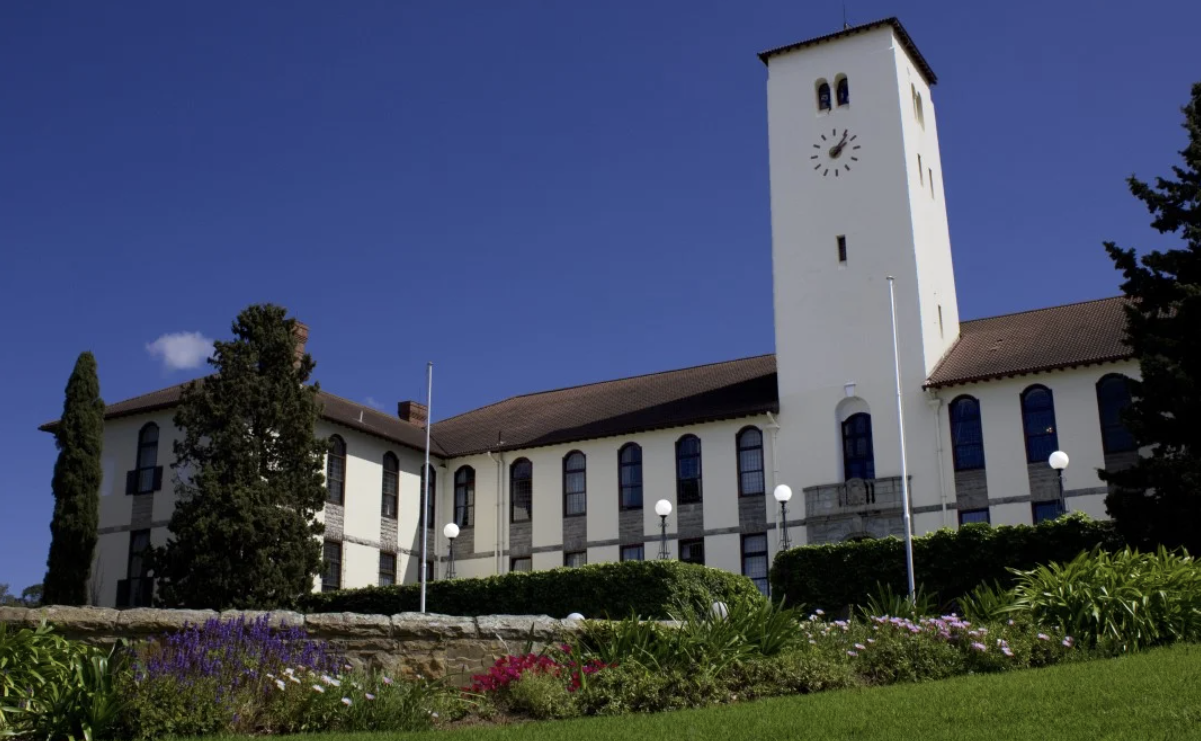By Staff Reporter
Universities in South Africa are facing a challenging balancing act, having to do more, with fewer resources. That’s according to Professor Paul Maylam, who says while access to higher education for students is critical, questions also need to be asked about the viability of taking on large numbers of students, many of whom fail to complete their studies.
Research has shown that at least 50 per cent of students at higher education institutions in South Africa drop out within their first year of studies. Maylam was the keynote speaker at a lecture at Rhodes University on Friday night, which critically reflected on the university’s 120 years of existence.
Maylam said there is much to be concerned about, not just at Rhodes University, but at higher education institutions across South Africa. He highlighted insufficient funding for universities to fulfil their mandate as a major problem.
“Since 1994, the government has embarked upon a policy of massification, significantly growing the student population, while at the same time reducing the proportion of university income derived from the government subsidy. This has forced universities to do more with less income. We also cannot ignore the cost the high dropout rate has had on parents, taxpayers and others,” said Maylam.
Last year the National Students Financial Aid Scheme (NSFAS) announced a cap on student accommodation fees. The decision has left higher education institutions with shortfalls running into hundreds of millions of rands. Many have been forced to look at alternative sources of funding.
Maylam also questioned whether the emphasis on research at higher education institutions has gone too far, creating a problem of over-production and under-consumption of publications.
“This emphasis may have also been to the detriment of undergraduate teaching. Whereas a few decades ago, undergraduates would benefit from being taught by senior, experienced academics, that seems to be less the case now, as these academics concentrate more on their own research and postgraduate supervision – the spheres which bring the most prestige and rewards,” said Maylam.
He also raised concern about the burdens being imposed on junior academics.
“They carry a heavy load of undergraduate teaching, while also being expected to develop a research profile. It is evident that the bureaucratic responsibilities of academics have grown in recent years. All this can give rise to low morale and burn-out and needs to be taken seriously by authorities from the highest level – from the Ministry of Higher Education down to heads of departments.”
Maylam’s lecture formed part of a series of events to mark the 120th anniversary of Rhodes University. During his critical overview, Maylam pointed out that the development of research at Rhodes was a slow process, as researchers were difficult to find in the first seventy years of the university’s history.
“One exception was JLB Smith, who started his career at Rhodes in the 1920s teaching chemistry but made his name as an ichthyologist. In 1938 he identified a coelacanth, a strange fish with four limb-like fins that had been caught by a trawler which docked in the East London harbour. This was a fish thought to have been extinct for seventy million years. Its dramatic discovery sparked a global media frenzy and lent substance to the theory of evolution, according to which the original ancestors of humans were fish.”
He said research was hardly encouraged at Rhodes. “In the late 1930s, a head of department could order a staff member not to engage in research if it disrupted their teaching.”
Maylam said the growing emphasis on research at Rhodes University began in 1970.
“This was partly a case of the ‘publish or perish’ syndrome finding its way into the country. There was also the role of Derek Henderson who became vice-chancellor in 1975. A former Rhodes student, he became a distinguished computer scientist, recognised as ‘the father of academic computing in South Africa’. During his twenty-one-year term of office, research activity expanded significantly. Between 1979 and 1994 the university’s research funding rose tenfold, giving rise to increasing research outputs, especially in the sciences.”
Maylam said during the past two decades Rhodes’ collective output of publications has been strong, with its per capita rate of publications among the best in the country. He said Distinguished Professor Tebello Nyokong has been one of the front-runners in this field, who during her thirty-two years in the Chemistry Department has supervised seventy-one PhD graduates and 64 MSc graduates.
“She has to her name four books and almost a thousand articles or book chapters. Last year she was made a Fellow of the Royal Society and appointed to the Pontifical Academy of Sciences by Pope Francis. All this after growing up in rural Lesotho in a family that could not afford to buy her shoes.”
Maylam said it is important for higher education institutions to find a healthy balance between teaching and research and to put in place sustainable policies to secure the future of academia.
In light of the challenges facing South African universities, Professor Maylam’s critique extends beyond Rhodes University and calls for a national dialogue on the delicate balance between increased student access, the high drop-out rate and the strain on resources in the higher education sector.
Watch the ENCA interview here.
Watch the Newzroom Afrika interview here.
This article was first published by Rhodes University’s Division of Communications and Advancement


